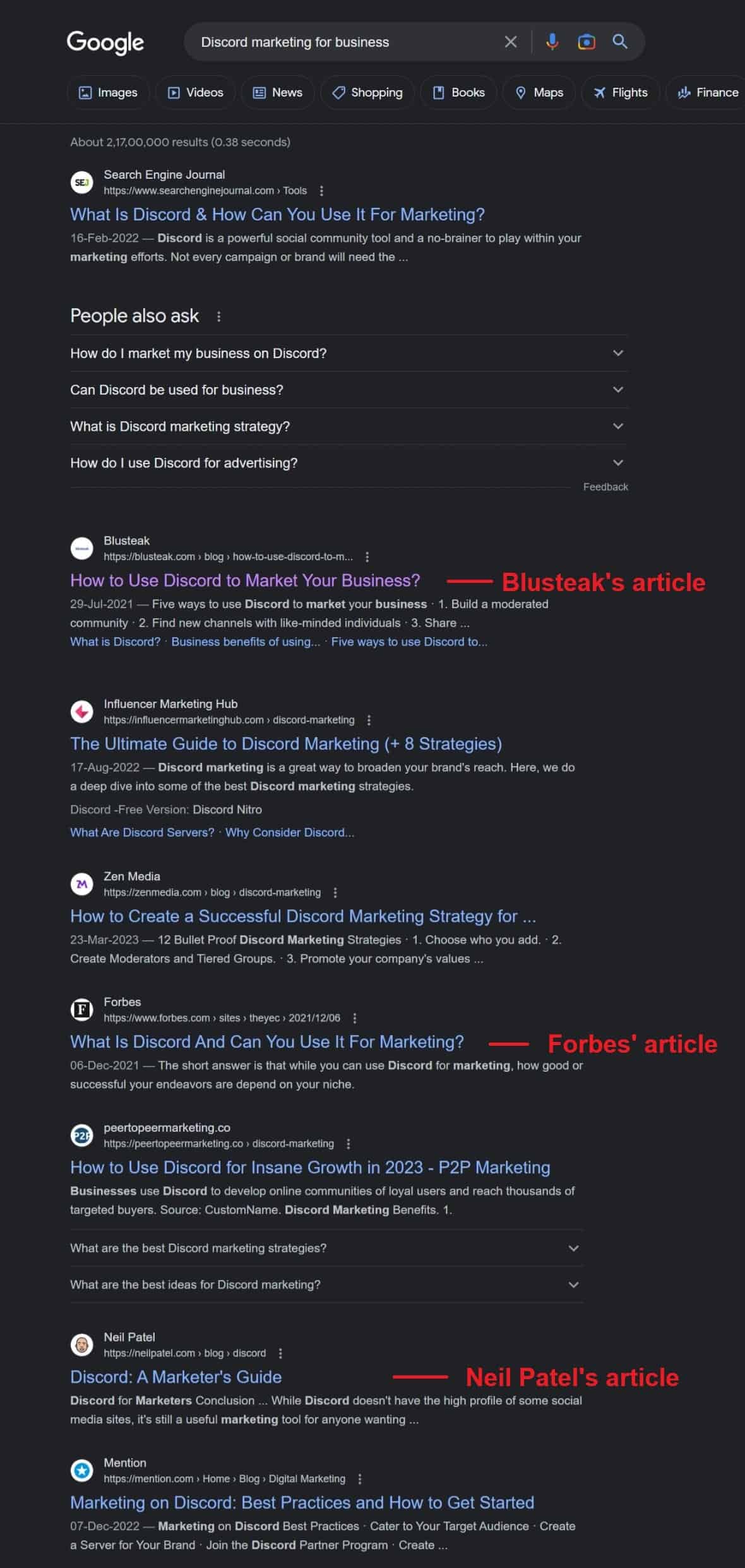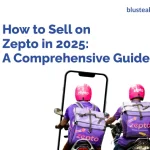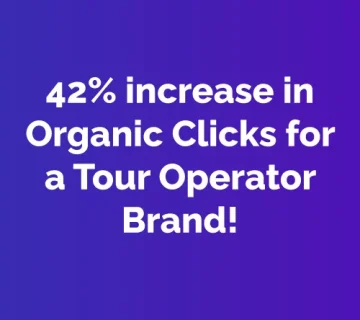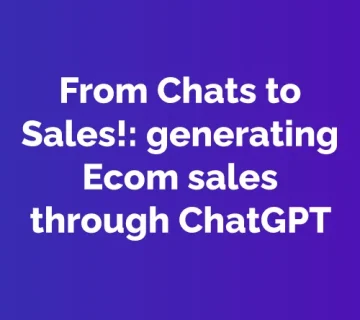Last Updated on April 28, 2023
What do you think is the best strategy to attract traffic from Google:
i) Create really-long in-depth content,
ii) Develop loads of quality articles,
iii) Get relevant backlinks or
iv) All of them?
What if we say we ignored these “best practices” and still managed to grab snippet positions?
We did it for Blusteak Media. For our very own blog. And here’s the story of the finest blogging strategy that helped us achieve 128K clicks and 5.51 Million impressions within 16 months.
Apparently, all you need is to understand the audience’s preferences and solve the pain points. Yes, we did some optimizations. But we didn’t need to over-optimize.
Sit tight as we unwrap the strategy.
Listen to ICP’s problems.
Instead of building a generic, bulk-blogging strategy, we worked towards providing solutions to trending problems. We focused on the immediate issues faced by the marketing community and our ICP (Ideal Customer Profiles).
Some of our best-performing blog posts are the ones no one else wrote about when we did. For example, our article on “increase sales on Meesho” ranks at the top, even after a year.

Common questions asked in our group, trending discussions in the industry, or an intriguing problem we faced… were all potential blog topics.
Do market research
Now, access to so many potential blog topics can be overwhelming. It was. Finding the right topics with the right search intent was like looking for a needle in a haystack.
So, we narrowed down our ideal blog topics by exploring the audience’s interest. Or you can say, by checking if it’s a widespread problem.
How did we do so?
Well, one way was to look for opportunities in long-tail keywords. For example, the long keyword “Shopify alternatives in India.” had a good search volume with comparatively lower competition than the popular “Shopify alternatives” keyword.
Another way was to see if Q/A sites like Quora or forum answers ranked on the first page. If an answer was present, we could easily beat it with an optimized blog.
Our blog on “how to stop someone from joining WhatsApp group” is one such example. It ranks as a snippet.

Cherry-pick a burning topic.
We also kept an eye on the trending topics in the industry. And wrote about them while they were still trending. The article on “Pinterest Ads in India” ranked even above Pinterest’s official Ads page when the topic was hot.
Similarly, the article on “Discord marketing for business” was one of the first to explore that use case. It still ranks higher than articles from leading sites like Forbes and Neil Patel.

So, you see, we picked hot topics around the Internet and among our target audience and wrote about them.
Write to-the-point blog posts.
And you know, we didn’t even do in-depth blog posts. Most of our articles are in the range of 1000-1200 words; some are even lower than that.
We wrote only about the chosen topic, focusing on information relevant to the search intent– nothing more. One of our first-position articles is just about 300 words long.
So, how did we satisfy the search intent?
After choosing a topic, we looked into the Related searches and People also ask sections for the search query. It helped us decide on what exactly to write.
We weaved the related search phrases in the content. So, while the article on “best LazyPay alternatives” ranked first, it also held the top position for “apps like LazyPay.”

And for subheadings, wherever appropriate, we used the questions from People also ask.
Sometimes, we put those questions as FAQs (only when they added value). For the article on “cost of FB Lead Gen Ads in India,” we compiled the entire piece only answering the common questions around the topic. And it ranked as an answer to most of those questions.
Another such example was the topic “how to grow Substack newsletter.” None of the ranking articles, then, were specific to Substack growth measures. And Blusteak’s article outranked even Substack’s page.
Optimize for users and algorithms.
Now, content alone couldn’t achieve the feat, of course. We had to make the articles bot-ready. So, we did the on-page SEO tunings: search-oriented titles, meta descriptions and URLs. Those were the only SEO stuff we needed.
Apart from that, we also optimized for user experience. We included complimenting images and infographics that fit the blog posts. Added search-oriented image alt text, too.
And we also linked to articles from our blog and external sites wherever necessary.

Wrapping it up
So, that was the magical, potential Oscar-winner blogging strategy of Blusteak. Pick topics that are trending among the target audience and write to-the-point content to satisfy the search intent. Tweak it a bit to help search bots understand it, and you get the ranking you’re eyeing.
This strategy brought us 128K clicks and 5.51M impressions within the last 16 months.

What do you say? Would you like us to replicate the results for your site? Let’s get in touch.






